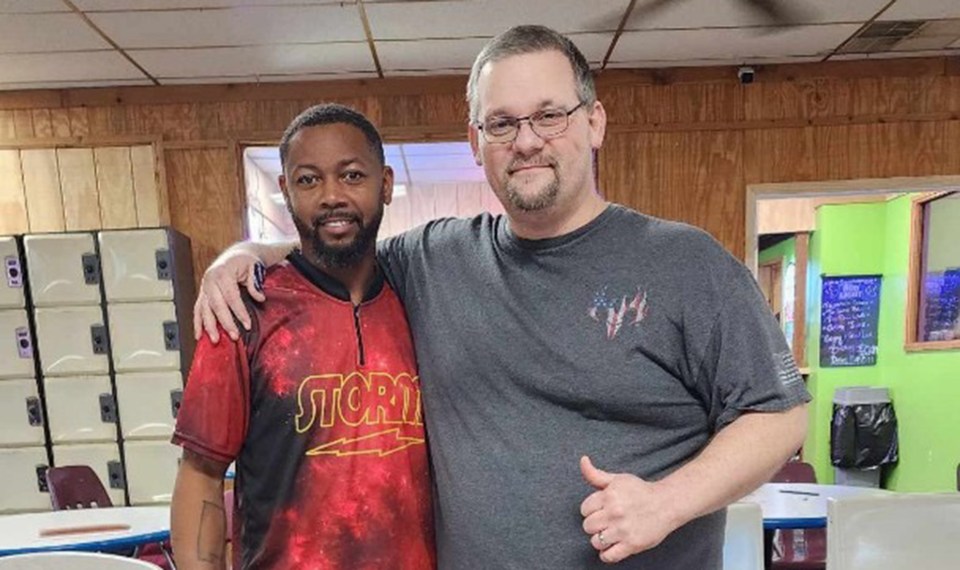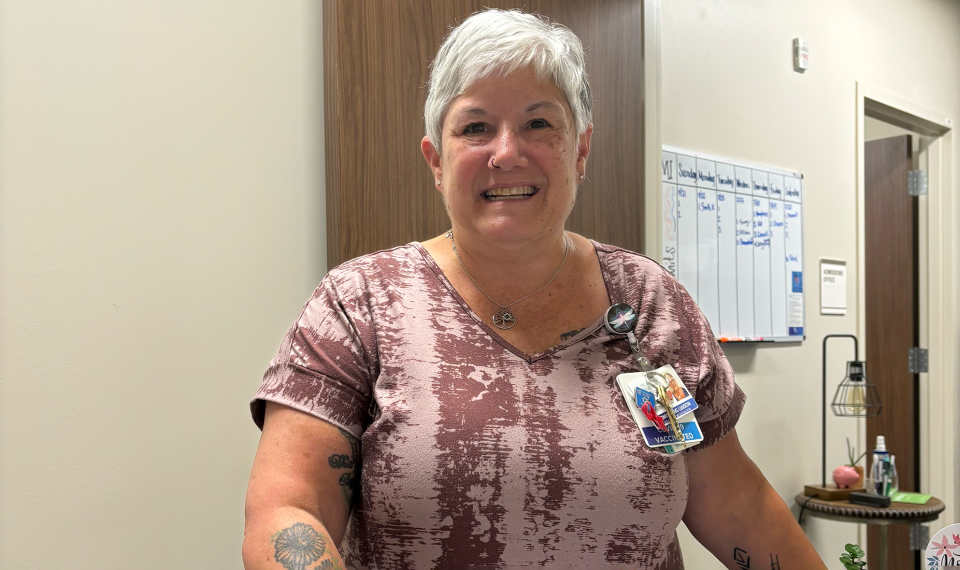Lawrence Derousse bowled competitively for more than 30 years. When a severe infection in his foot became life-threatening, Derousse had to choose between risking his life and a below-the-knee amputation. He thought that with the loss of his leg, he would also lose his ability to bowl, but it wasn’t the end of his bowling career—not even close.
Get More Inspiring Stories Like These
Subscribe to our Connect Blog to have success stories such as these as well as healthy aging advice and tips from our skilled clinicians delivered directly to your inbox.
Subscribe NowUndergoing Amputation
Derousse is no stranger to complications due to diabetes. A diabetic ulcer that Derousse didn’t even know he had led to a toe amputation. Unfortunately, that wasn’t the end to his complications. He experienced osteomyelitis, the inflammation and swelling of a bone.
“It turned the bone in my foot to mush,” he said. Derousse ended up at the hospital due to a severe staph infection in the remaining tissue and sepsis.
During his stay, his doctor delivered life-altering news. “My doctor said that if we let the infection go, it would continue to march up my leg and eventually kill me, so we needed to take the foot in hopes of taking the rest of the infection too. I said, if that’s what we got to do, then let’s go do it,” Derousse said.
Arriving at Encompass Health
After the procedure and subsequent wound care at the hospital, Derousse chose to recover at Encompass Health Rehabilitation Hospital of Dothan, where he would be close to home.
He had a difficult journey ahead, but that didn’t dampen his disposition. Derousse was determined to bowl again, no matter what it took. But first, he would have to regain independence in activities of daily living and rebuild his strength.
Derousse’s care team learned about his passion for bowling and developed a customized recovery plan to help him get back to it.
Incorporating Bowling into Therapy
Derousse said that every component of his therapy was designed with his end-goal in mind. To return to his level of competition, he would need a prosthetic.
“My therapists took that and ran with it,” he said. “Everything they did was to strengthen my core, and the areas I needed to strengthen to get the point when I could get my prosthetic.”
With his physical therapist Nicole Rademacher and his occupational therapist Aubree-Ana Dilmore, Derousse progressed significantly. Derousse’s wife, Jennifer, also a bowler, was pleasantly surprised by his progress and his therapists’ dedication. “They called me every day to update me on how he was doing. It surpassed my expectations,” she said.
After he mastered self-care tasks and rebuilt his strength, he was fitted for a prosthetic. This milestone marked a new phase of recovery for Derousse. He could now focus on re-developing his bowling mechanics and adapting to a new stance with his prosthetic.
Hallway Becomes Bowling Alley
In therapy, Derousse first focused on rebuilding the foundational skills needed to bowl. “We started with the basics of core and balance training and progressed on to the mechanics of bowling approach,” Dilmore said. When it came time to advance, Dilmore and Rademacher got creative.
Derousse’s room was at the end of the hallway, an unexpected advantage. “We took the end of the hallway and turned it into a therapy bowling lane,” Derousse said. Using a 15-pound weighted medicine ball to simulate a bowling ball, Derousse took to the hallway, where Aubrey set up plastic pins to create a realistic environment to practice.
“We worked on widening his stance, weight shifting on his prosthetic and throwing the ball at the pins,” Dilmore said. “Of course, his first throw was a strike,” she added. After just over a week of prosthetic training, it was time to take the show on the road.
Wasting No Time
After discharging, Derousse wasted no time. The same day he left the rehabilitation hospital, he returned to the bowling alley to compete. “I bowled a 227, a 235 and a 222 for a 684 scratch series. By the third game I didn’t even use the walker,” he said.
For those not familiar with bowling, those are impressive scores.
The content of this site is for informational purposes only and should not be taken as professional medical advice. Always seek the advice of your physician or other qualified healthcare provider with any questions you may have regarding any medical conditions or treatments.



